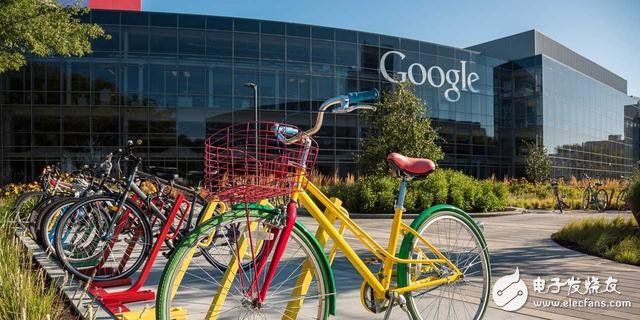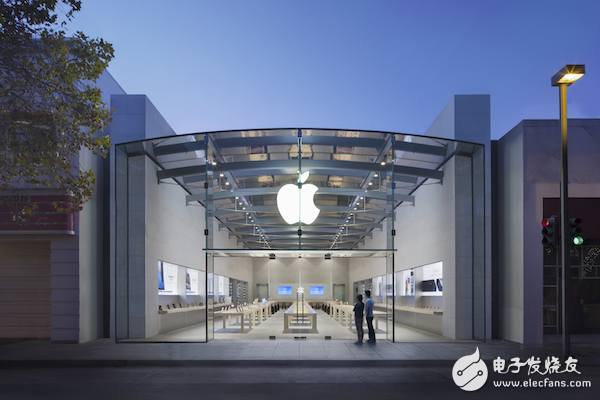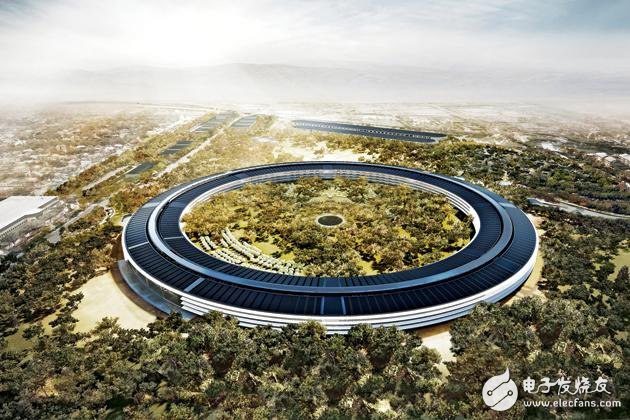From the current development trend, the most concerned companies in the market for mixed reality technology are companies such as Microsoft and Magic Leap, and have achieved very significant initial results.
For example, Microsoft has shown us a lot of amazing effects through HoloLens, especially the Project XRay game demo sample shown at the Windows 10 conference in October 2015.
And Magic Leap has already invested a total of $1 billion in investment, and also shows a video of a mixed reality game, which makes people look exciting.
Other competitors in this field include companies such as ODG and Meta.
There is no doubt that some of the demo videos and examples that appear on the market today look quite interesting and interesting, and when these products appear on the market, they can definitely bring mixed reality elements that will even blend with virtual elements.
But I said that the future mixed-reality market leader is not Microsoft, Magic Leap, ODG or Meta, but Google and Apple, which have no action yet. Below I will tell everyone why they say so.
Mixed realityUnlike virtual reality, which is completely immersed in the virtual world, mixed reality needs to be combined with the real world. At present, there are two main types of mixed reality:
1. Head-mounted display device (HUD): This mixed reality technology simply adds some images and text to the user's field of view and attaches it to the surface of a real-world target. For example, Google Glass is the most famous head-mounted display device, and also includes some content appearing on the car windshield and helmet glasses;
2, augmented reality: In addition to displaying content and text on top of the display target, you can also interact and communicate with real-world goals through computer-generated objects. These ranges include simple applications, including the Sphero BB8 toy smartphone app, and other members such as HoloLens and Magic Leap;
The most exciting mixed-reality experience includes real-time 3D environment mapping, allowing virtual objects to interact with elements in the real world. For example, elements generated by computers can hide behind an object in the real world.
The biggest challenge here is the high-density calculation of 3D maps, which means high cost, power consumption and heat generation, so this is the biggest difficulty for real-time rendering of 3D objects.
If you want the most realistic and richest mixed reality proposal, then you need 3D maps and image rendering, so products such as Microsoft HoloLens and Magic Leap will appear in a very bulky and expensive way. For example, the developer version of Microsoft HoloLens weighs more than 0.5 kilograms and sells for $3,000. This weight is about the same as an iPhone, and the price is almost equivalent to four high-end iPhones.
Although this kind of mixed reality can bring exciting results, it is not suitable for everyday consumers. I am sorry to disappoint you. Maybe only companies, universities, military organizations and very professional players have enough motivation to buy them. And that's why the future belongs to Google and Apple.
GoogleGoogle's Project Tango project involved more than a year ago about 3D technology, which quickly maps an internal space, including depth and distance, and even accurately determines the target size in a single space.
Since then, we have now welcomed the first Project Tango project smartphone Phab 2 Pro and the second ASUS ZenFone AR that will appear. And now there are dozens of Project Tango apps to choose from, and by the end of the year there should be hundreds of them.
The American Museum of Natural History has used Project Tango to experience virtual dinosaurs, while the recent Google I/O Developers Conference and BMW used Tango technology to sell cars.

MIT researchers are planning to use Project Tango technology to use virtual reality in real-world space, an emerging fusion of virtual reality and mixed reality that creates dynamic environments with low-cost smartphones and headsets. .
There are also some very interesting Project Tango project applications, such as Home AR Designer, which allows us to simulate the placement of furniture at home in a virtual way before purchasing furniture. In the future, these applications will not only appear on smartphones, but the best applications have not yet arrived, and will appear on more new forms of peripherals, such as mixed reality glasses.
The magic of the Project Tango project has proven that the real-time mapping technology of mixed reality can already appear on a $500 device that is not expensive.
The ASUS ZenFone VR not only supports Project Tango, but also supports Google's Daydream virtual reality device, but not at the same time. This week, when he was in contact with Project Tango project chairman Johnny Lee, he said that in theory, although it can work at the same time, there is not enough room for users. Although we hope to support both Project Tango and Daydream on future Android smartphones, it is still a better wish.
Lee also said that the Tango team will have more contact with Google's internal Pixel project team, and both parties are interested in lowering the equipment cost of the Tango project, and the Tango project will become cheaper and cheaper. So I think the future of Project Tango on Pixel is far-reaching.
The Project Tango project can identify objects in real time through 3D data, which is also very helpful with augmented reality technology based on artificial intelligence technology. This means that the Project Tango device itself appears only as a recognition tool, such as buildings, appliances and product labels, and provides additional information in the field of view. And Google can integrate this feature into more everyday uses and reach its full potential, just as Google uses Waze in map services.
The ultimate contribution of the Google and Project Tango projects is to guide the sharing of the mixed reality ecosystem. And this kind of effort has emerged behind the scenes, including content and even a large 3D database that can capture any information from around the world.
And Google is currently creating a hybrid reality ecosystem based on smartphones that is gradually mainstream, portable and affordable.
Apple also has the same meaning.
appleDuring his visit to the UK last week, Apple CEO Cook said in an interview with The Independent that he was very excited about augmented reality (although Cook said it was augmented reality, but the term mixed reality was more accurate). To know that as an Apple CEO, Cook rarely expresses such a clear preference for a certain field. Apple has always declined to comment on the company's future products and plans, and Cook's position is still the first time.

Goldman Sachs analyst Simona Jankowski and KGI analyst Guo Mingxi said that the 10th anniversary edition of the iPhone 8 will provide some support for mixed reality.
Combining all the current news, rumors, clues and patents filed by Apple, all this shows that Apple is quietly building its own mixed reality devices and ecosystems. Previously, Apple acquired Primesense, which provides technical support for Microsoft Kinect.
If Apple really starts to get involved in the mixed reality market, then it is very likely to become a mainstream member of the market immediately. Cook said that the meaning of mixed reality devices is not inferior to the impact that smartphones have on our lives.
In my personal prediction, Apple will enter the market in the form of smart glasses. You should know that simple and stylish headsets are a good choice, especially for companies like Apple, and will also make full use of the iPhone. 8 3D image sensor traits.

Either way, when you want to mix reality, even though Microsoft, Magic Leap and other companies are already on the move, they want to launch exciting mainstream products that lack the qualities of Apple and Google. That is market share, price and portability.
Therefore, the mixed reality device between Microsoft and Magic Leap may be good, but not close to the people. In contrast, Google and Apple are the makers of mixed-reality market rules.
Description
-Contact resistance:≤5Omohm
-Switch Function: S. P. D. T. with lamp.
-Various shapes and colors: yellow, blue, red, black, green
-Press the button, power on; release it, power off
Features
A push button switch is a switch that has a knob that you push to open or close the contacts. In some pushbutton switches, you push the switch once to open the contacts and then push again to close the contacts. In other words, each time you push the switch, the contacts alternate between opened and closed. These types are commonly called latching switches. There are also Non latching push button switches that only maintain the switch contacts when the switch is help in position. Once the switch is let go, the current is broken and the switch turns off. Push switches are usually a simple on-off switch.
Push Light Switch,Mini Push Button Switch,Push Button Switch Types,Push Button On Off Switch
Ningbo Jialin Electronics Co.,Ltd , https://www.donghai-switch.com